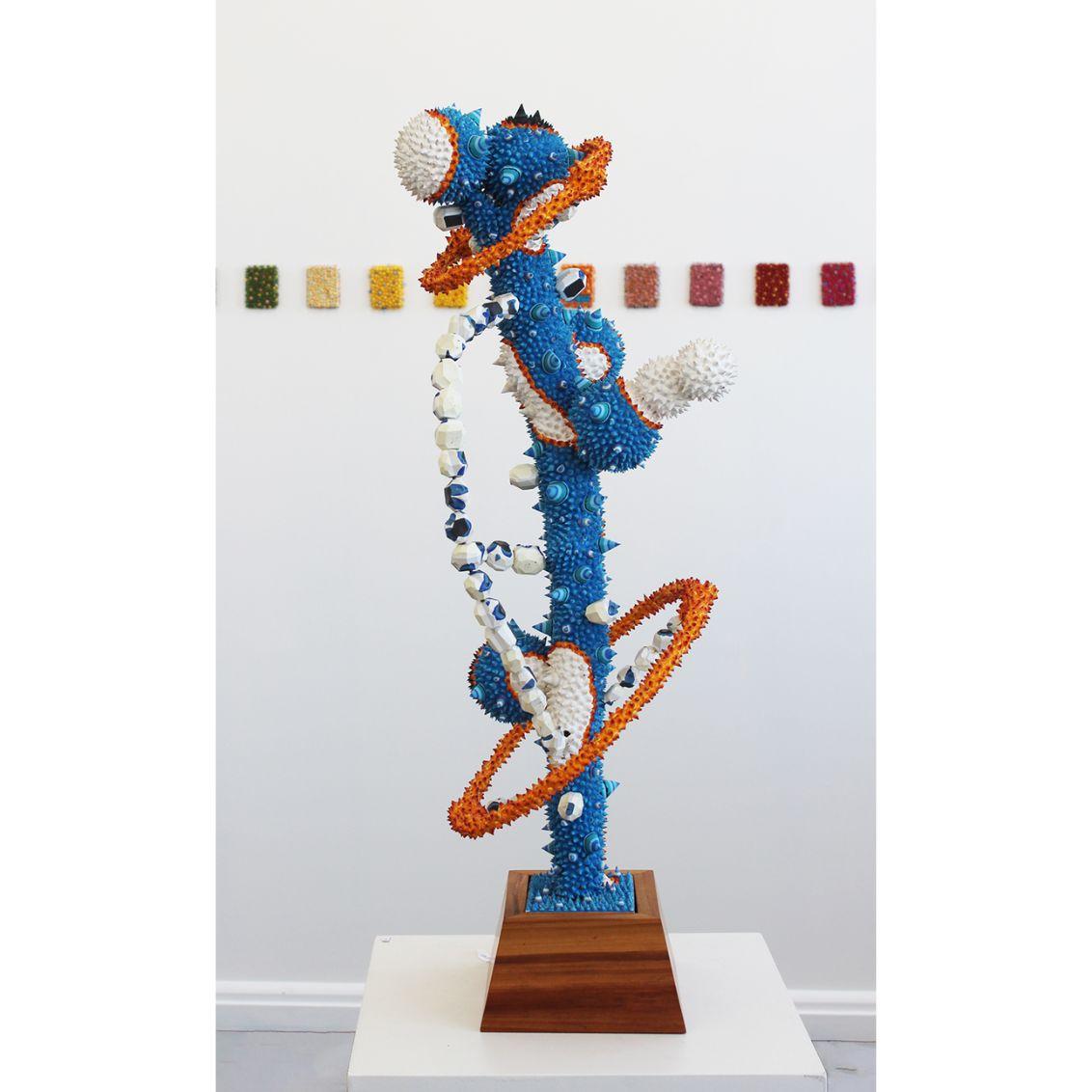Lowdown: Culture In The Digital Age
MCH breaks down how technology could impact the arts, milestones and big moments for creative organisations and an insight into NZ's Venice Biennale exhibition.
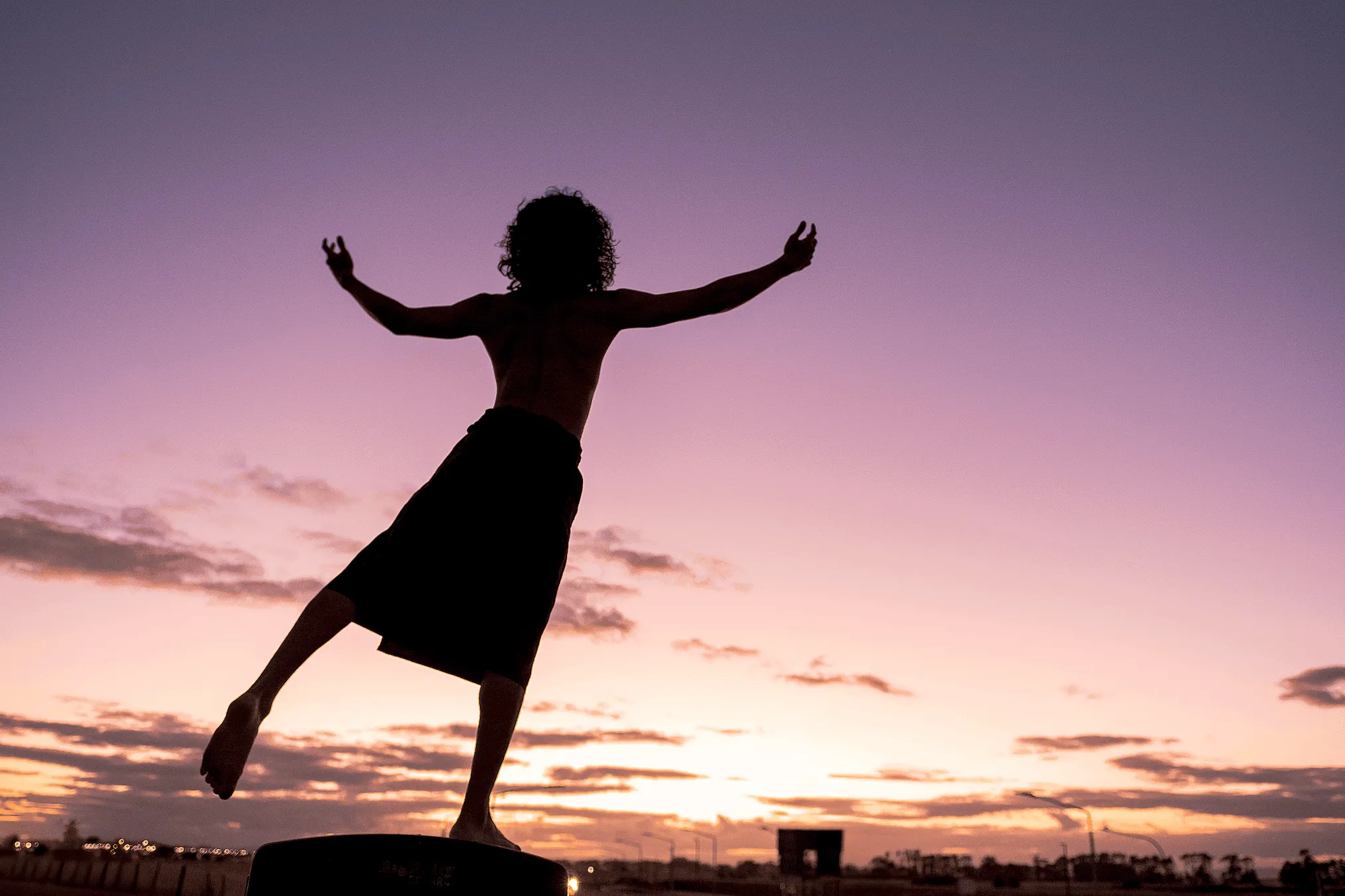
AI, ChatGPT...whatever you refer to it as and no matter which side of the fence you sit on, one thing is certain - it's not about to go away.
Digital technologies are changing rapidly and for many in the creative sector, the stakes are high.
Manatū Taonga Ministry for Culture and Heritage (MCH) has released a draft Long-term Insights Briefing (LTIB) - a futures-thinking report - titled Culture in the Digital Age, posing the question: How will technology change the way New Zealanders create, share and protect their stories in 2040 and beyond?
The draft delves into how AI and other digital technologies will reshape creative expression, content distribution and cultural preservation. It also grapples with the challenges of misinformation, algorithmic bias, data sovereignty and the digital divide., while exploring the potential policy approaches to support the cultural sectors.
MCH Secretary Leauanae Laulu Mac Leauanae states "By 2040, our cultural sectors will be deeply intertwined with artificial intelligence and other emerging technologies. These advancements offer unprecedented opportunities for new and exciting ways of creating, sharing, and protecting our stories. On the other hand, they can also introduce significant ethical, legal, cultural and governance challenges that we should address thoughtfully and collaboratively.
"We want to open up the discussion and invite the public to give us their thoughts on what this digital future will look like for Aotearoa, and what we need to think about now."
The briefing is structured around three key aspects - Create, Share and Protect.
Create examines how new digital tools will expand opportunities for creative expression and reshape the creative workforce; Share analyses the changing dynamics of content distribution, algorithmic curation, and digital inclusion, while highlighting risks related to misinformation and loss of trust; Protect considers how we can preserve and safeguard New Zealand’s stories, taonga, and cultural heritage, including questions of digital storage, data sovereignty, and authenticity.
As well as discussing the emerging trends, demographic shifts and the acceleration of cyber and data attacks, the draft briefing also lays out four future scenarios: Aotearoa Unfiltered - rapid innovation, little regulation, Hyperlocal Renaissance - decentralised communities and platforms, Digital Guardianship - strong oversight and governance, less creative freedom, A New Digital World – radical technological advancements erase boundaries.
The briefing offers that, regardless of which future scenario emerges, any policy approach to address the risks and opportunities of digital technology in New Zealand’s arts, heritage, media and sports sectors will need to consider some key factors, including balancing regulation with innovation, investing in underrepresented and vulnerable communities to ensure equity and inclusion, using government investment to attract industry co-investment, strengthening cyber and privacy protections and future-proofing the workforce so AI and digital technologies enhance - rather than replace - creative professionals and practitioners.
"I extend my thanks to everyone who contributed to this draft. Your insights and feedback have been invaluable in shaping our understanding of the challenges and opportunities ahead. Special thanks go to the individuals and organisations who participated in our consultations and workshops, shared their expertise and provided thoughtful feedback.
"As stewards of New Zealand’s cultural system, Manatū Taonga is committed to ensuring that culture can thrive. The LTIB is a crucial tool in this endeavour, providing a long-term overview that helps us plan and adapt our activities to meet the evolving needs of our society."
Consultation from the public closes on 6 July, giving creative professionals about a month to go through the briefing and give their feedback. Artists can also get their names in the final report - with MCH running an art competition to design the cover.
Arts Foundation hits 25
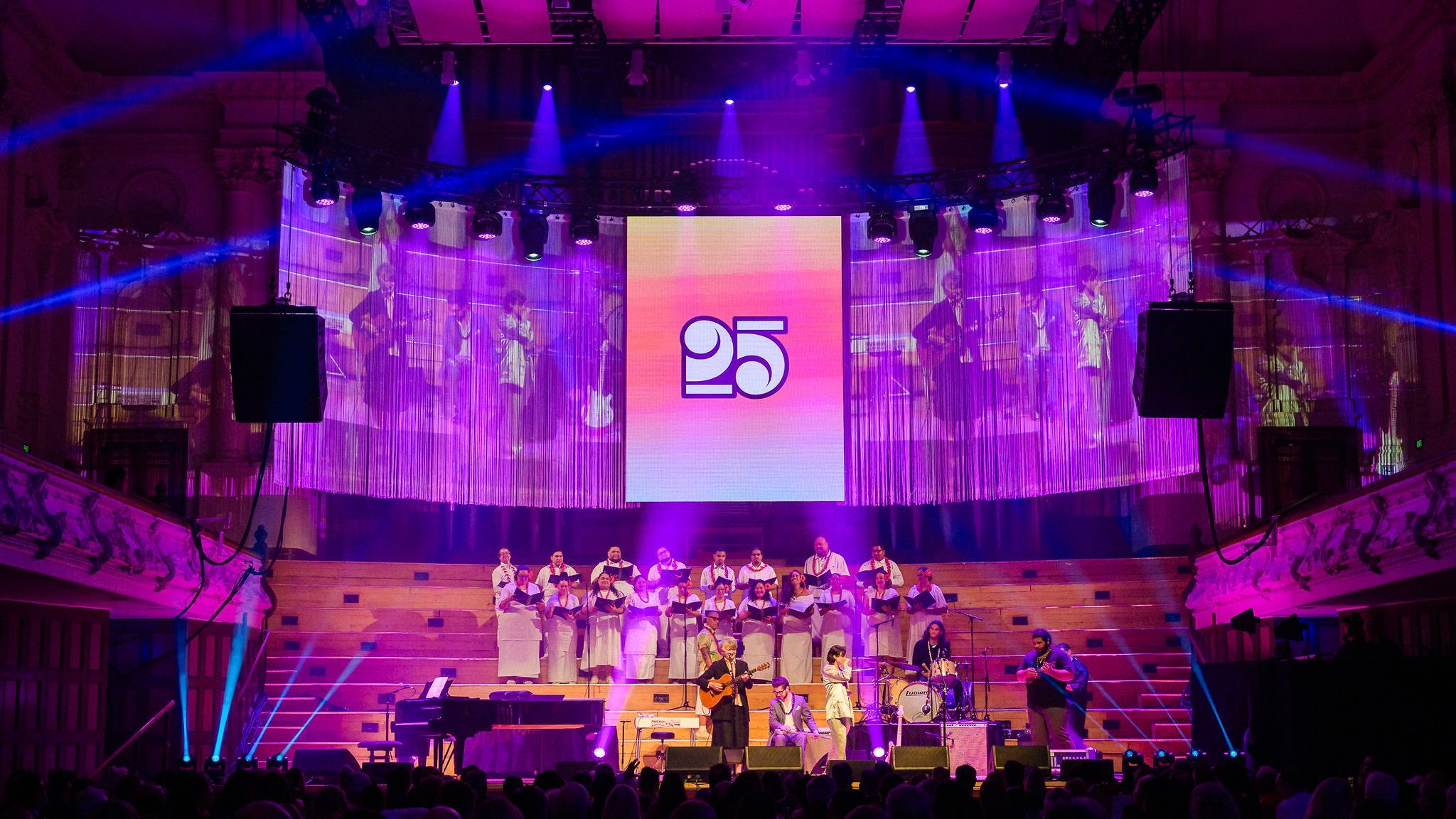
The Arts Foundation has become an important fabric of the creative community, from celebrating our success stories to providing funding and support opportunities to many.
And as they reach an important milestone, it's time to celebrate their success.
These numbers illustrate the foundation's impact - $25 million gifted to artists across the country over 25 years, thanks to 1,800 givers and 130,000 Boosted givers.
The Art Foundation's legacy was given the gala treatment for a 25th Birthday bash with more than 300 artists and arts supporters, raising a further $360,000 for their cause.
Inaugural Arts Foundation Chair Richard Cathie recalls “Aotearoa New Zealand has always had artists. But when we were forming this organisation - and a few others were emerging like the Auckland Art Gallery Patrons Group - we hadn’t always had arts philanthropists. I’m grateful that the picture is changing today.
"We all feel immensely proud of what has been achieved. May this be the first of many 25-year celebrations over the years ahead as this Foundation continues to make a real difference for those who work in the arts.”
Jessica Palalagi, Arts Foundation General Manager told The Lowdown “25 years later, $25 million later - the Foundation is still here, still fulfilling the original vision of collating resources to give to artists - whilst they are alive!
"It's taken an amazing amount of people, work, and effort to continue pushing this movement forward, giving money time and expertise that keeps the Foundation going. I’m chuffed to be at the helm at this moment and excited to see how we can create, activate, and drive more giving to artists in the future.”
Among the big names to perform at the birthday gala was Arts Foundation Icon Neil Finn, who shared on stage “We’re all here because we love the arts... We’re all here to sing, to dance, to play, to create. It’s the good part of the human spirit.”
That spirit raised for many in the creative sector by what the Arts Foundation's achieved in the last quarter of a century.
Doing it for the kids
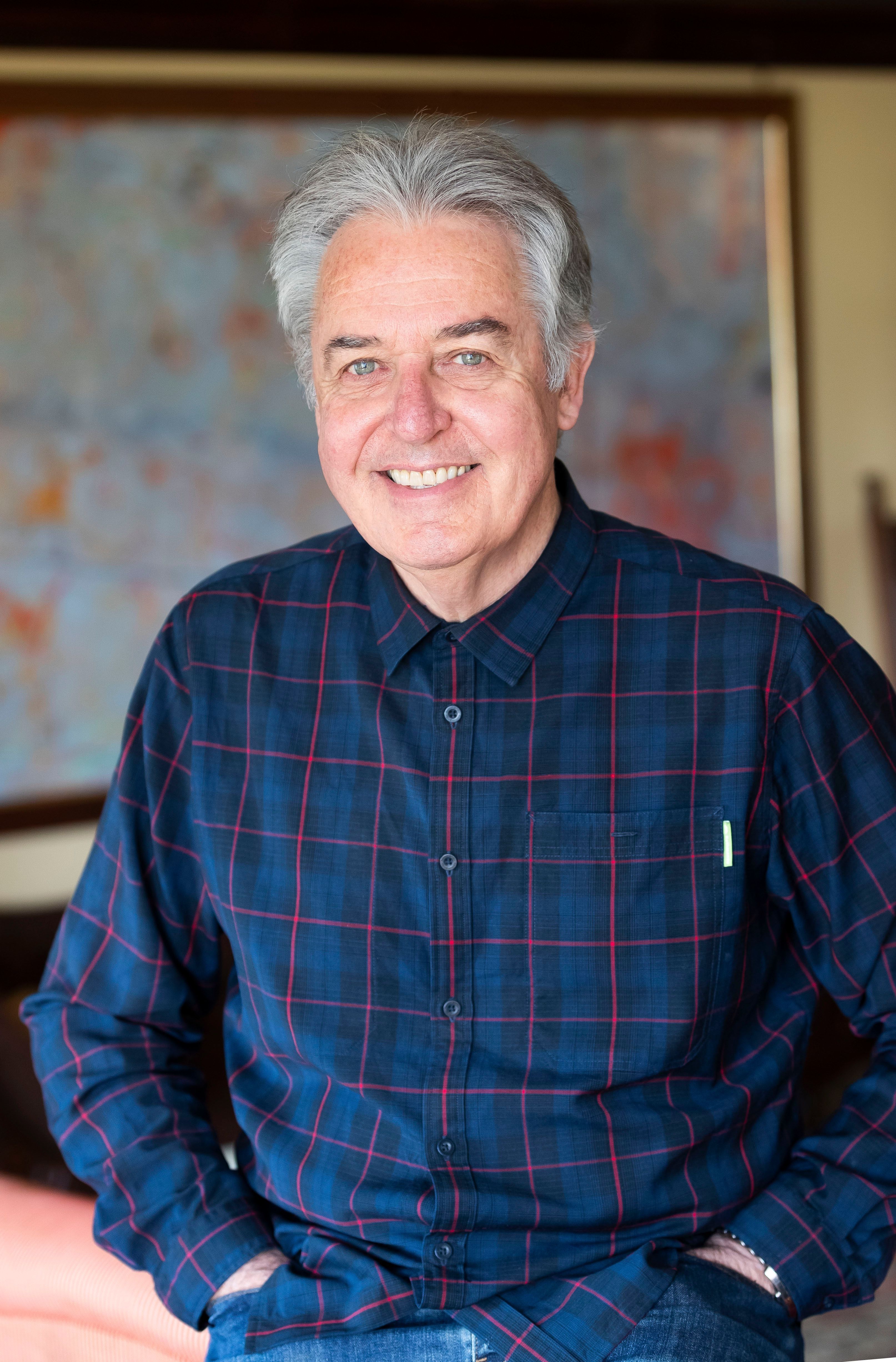
Some the country's high-profile creative minds and broadcasters are among the names announced for the 2025 New Zealand Book Awards for Children and Young Adults.
156 entries were whittled down to 35 finalists (with 32 titles) across seven categories by a bilingual English and Māori panel and a separate Te Kura Pounamu panel to judge titles written in te reo Māori.
The BookHub Picture Book Award is a particularly decorated category - and one of the indsutry's most decorated names. No one has a stronger record at this event than Gavin Bishop - who's back with Titiro Look. Also in running are two-time winners Juliette MacIver (2017, 2023) and Ruth Paul (2018, 2022) for Beddy Bye Time in the Kōwhai Tree and You Can't Pat a Fish respectively. Kate Preece (Ten Nosey Weka) and Dahlia Malaeulu (Mataali‘i) are first time finalists.

In the Wright Family Foundation Esther Glen Junior Fiction Award, finalist for The Apprentice Witnesser, Bren MacDibble has won this gong twice (2018, 2019) and Rachael King (Violet and the Velvets: The Case of the Missing Stuff) is looking to emulate her 2013 success in the same category. Another well-loved literary figure, Claire Mabey is a first-time finalist with The Raven's Eye Runaways (which is also in the running for the Best First Book Award) as is Jane Arthur for Brown Bird and Li Chen with Detective Beans and the Case of the Missing Hat.
In the Young Adult Fiction Award, two-time winner Mandy Hager will be a strong contender for Gracehopper, while former picture book award winner Kiri Lightfoot has seen her debut YA novel Bear make the cut. Mary-ann Scott will be hoping third time is a charm with her latest short-listed entry into this category with The Mess of Our Lives, Steph Matuku's Migration continues its recent run of plaudits while Sanna Thompson is a first-timer on the shortlist and her self-published The Paradise Generation is her first YAF book.
Ruth Paul's You Can't Pat a Fish is doubling up on nominations - in contention to land her another Russell Clark Award for Illustration, alongside fellow experienced and award-winning illustrator Sarah Wilkins (Poem for Ataahua, written by Alistair Teariki Campbell). They're up against three newcomers to the awards: Rehua Wilson (Hineraukatauri me Te Ara Pūoro, written by Elizabeth Gray), Isaac du Toit (Alice and the Strange Bird) and Anna Aldridge (Sad Sushi) - the latter two self-published.
The Elsie Locke Award for Non-Fiction sees Black Magic by David Riley (illustrated by Munro Te Whata) go up against Dear Moko: Māori Wisdom for our Young Ones by Hinemoa Elder, Ruru: Night Hunter from Katie Furze (illustrated by Ned Barraud), Ross Calman's The Treaty of Waitangi and Tui Pea Luva by Mele Tonga Grant (illustrated by Luca Walton).
It's a star-studded selection for Te Kura Pounamu Award finalists, with
Witi Ihimaera (A Ariā me te Atua o te Kūmara, illustrated by Isobel Joy Te Aho-White), Miriama Kamo (Ko ngā Whetū Kai o Matariki, ko Tupuānuku rāua ko Tupuārangi, illustrated by Zak Waipara), Elizabeth Gray (Hineraukatauri me Te Ara Pūoro, illustrated by Rehua Wilson), Qiane Matata-Sipu (Ngā Kupenga a Nanny Rina, illustrated by Isobel Joy Te Aho-White) and Hayley Elliott-Kernot
(Ka mātoro a Whetū rāua ko Kohu i Rotorua).
All those main categories come with a $8,500 winners cheque - and the category winners go into the running for the esteemed Margaret Mahy Book of the Year, which also has $8,500 attached to it.
There's also $2,500 up for grabs in for previously unpublished authors or illustrators nominated for the Best First Book prize. Along with Mabey, songstress and media celebrity Anika Moa has made the shortlist for The Witch of Maketu and the Bleating Lambs (illustrated by Rebecca ter Borg), as has Brave Kāhu and the Pōrangi Magpie by Shelley Burne-Field, Rachel Clare's Play Wild and The Writing Desk by Di Morris.
The winners will be revealed on 13 August, in a special ceremony at Wellington's Pipitea Marae.
Love, death, and fetish - Pardington's Venice tease
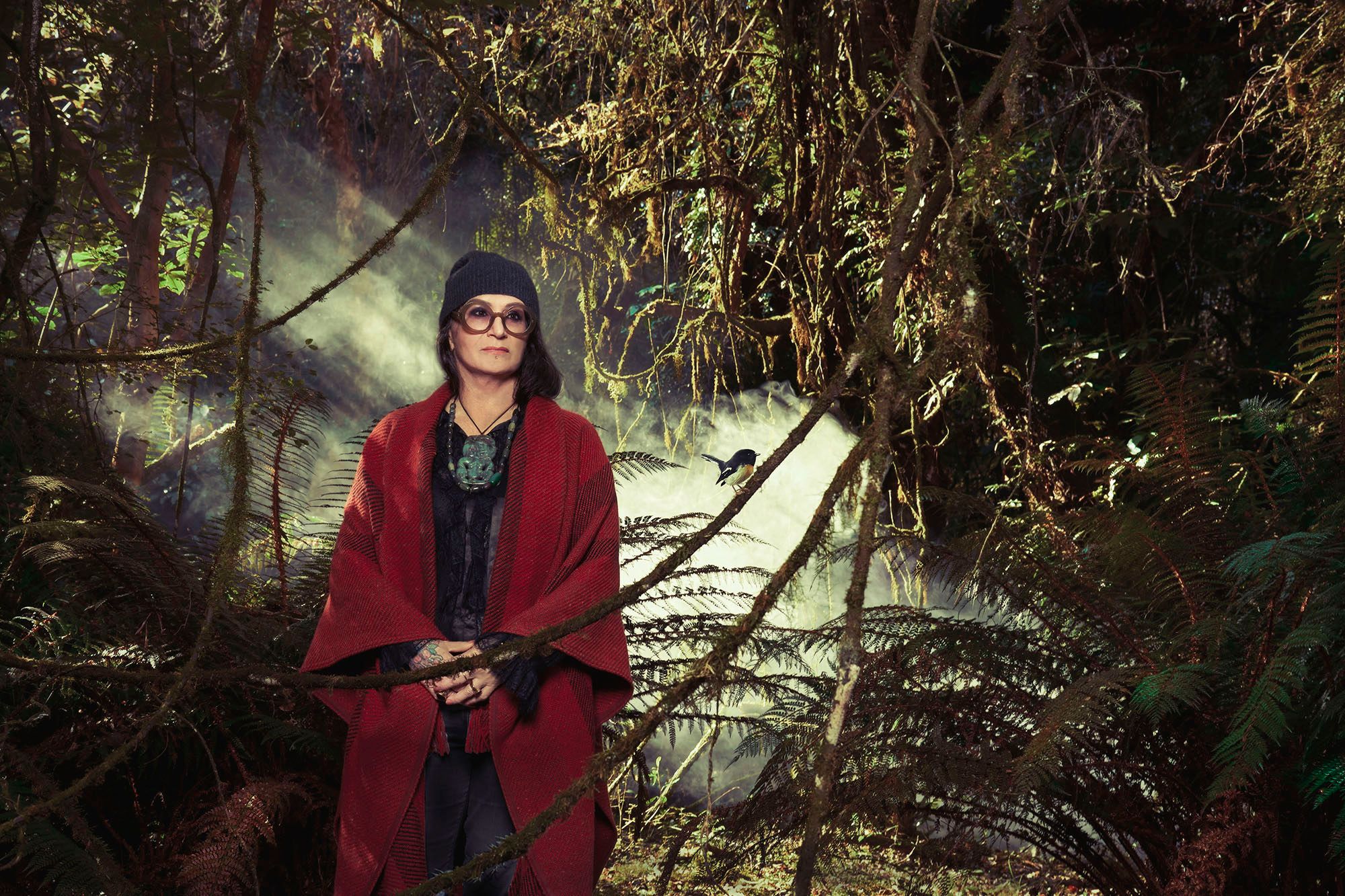
Newly minted ONZM Dr Fiona Pardington (check out her reaction and all the other creatives bestowed King's Birthday Honours here) has given her first insight into what we can expect from her as New Zealand's Venice Biennale respresentative.
Pardington has announced her 2026 exhibition will be titled Taharaki Skyside, her major new work for Venice building on her 2024 series Te taha o te rangi, ‘the edge of the heavens’, consisting of photographs of Aotearoa birds preserved as taxidermy specimens in museum collections.
Taharaki Skyside - curated by Chloe Cull and Felicity Milburn - makes direct connection with the realm where birds act as messengers between the mortal and spiritual worlds, Pardington explains.
“Birds can symbolise familial love, romantic attachment, ecological warnings, they can be intimations of mortality, and in my work they can also represent individual people in my life.
"The ideas I am conjuring remind us of the integral significance of manu within te ao Māori – as sources of food and materials, and intermediaries between human and divine worlds.
“Taxidermy occupies a unique space between love, death, and fetish. When photographing in museum collections, I have observed the artifice of the birds’ presentation, the way they have been posed, the care with which they have been assembled, and, sometimes, their worn condition. By using strategic lighting and angles I am trying to draw out their charisma – to free them from the constraints of being mere objects.”
Pardington's exhibition will open on 9 May, 2026.
Full hearted-performance
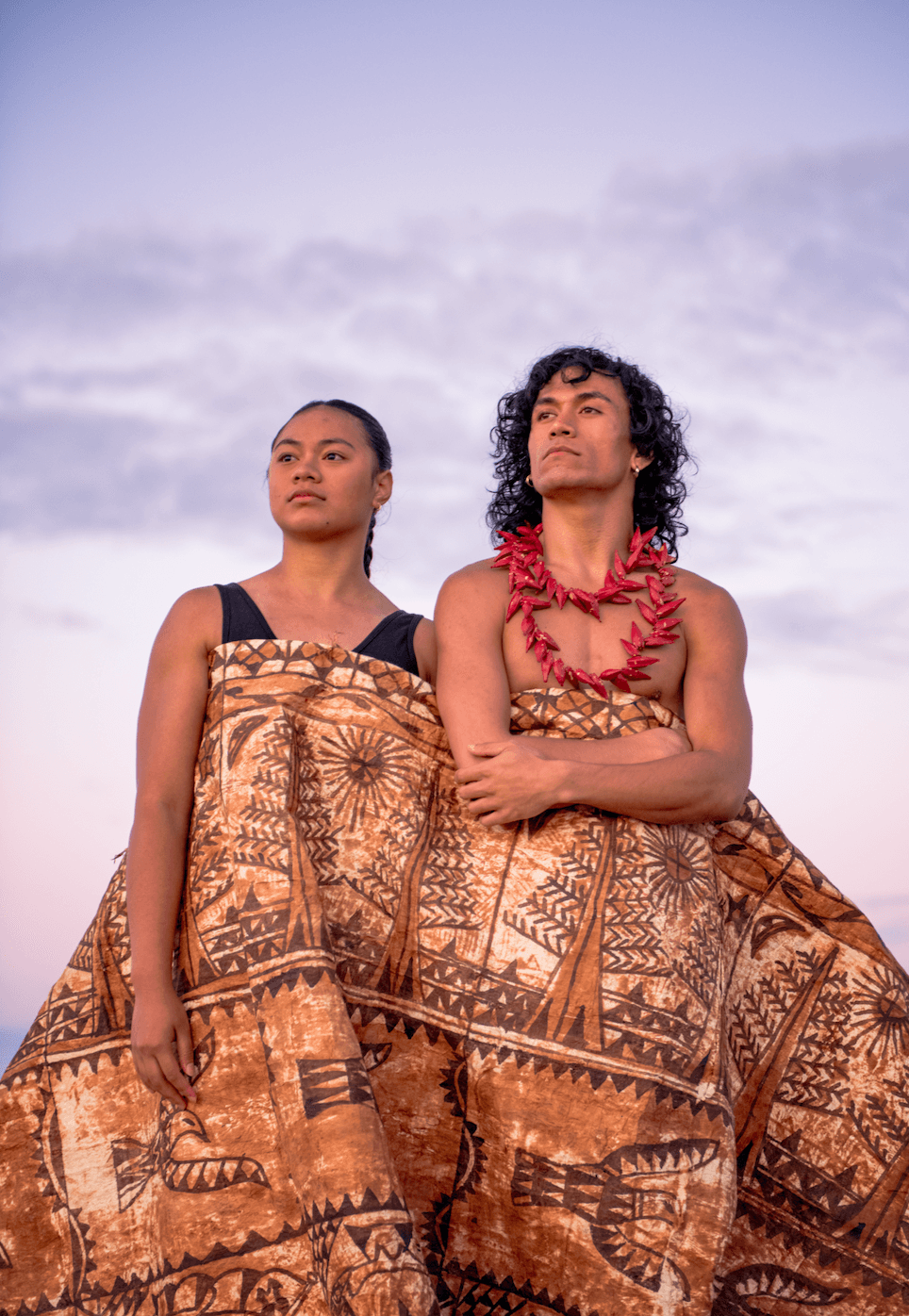
The return of the Pacific Dance Festival this week will see the movement reach 15 years - with an approach to get this unique festival to more of the community.
As well as at its long-time base of the Māngere Arts Centre, the festival is also partnering with Te Pou Theatre in West Auckland.
“Tāmaki is the globe's largest Pasifika populated city and the Pacific Dance Festival pays homage to our urban stories, our people and our dances,” states Festival Director Iosefa Enari.
Its central theme this year is the concept of faiva. As the event explains;
"Faiva, in Pacific cultures, is more than performance. It is the sacred act of storytelling through movement, chant, poetry, song, and ceremony. Faiva is both an artform and a cultural responsibility — a way to honour ancestors, embody identity, and serve community through creative expression."
The festival opens with PHAB Pasifika on Friday (6 June) - a collective of artists living with disabilities, a joyful celebration of inclusion, accessibility, and the power of movement to unify.
The next generation of choreographers and dancers get the spotlight at the annual MOANA Showcase on 17 June, which will see three premieres from Aotearoa’s premier dance training institutions: Unitec-Te Pūkenga School of Dance, Ngā Akoranga Kanikani - University of Auckland Dance Studies, and New Zealand School of Dance.
To close event and acknowledge Matariki, the festival heads north to Kerikeri on 22 June to perform alongside the Ngāti Rēhia Community Kapa Haka Group at the Turner Centre Te Puawai.
The festival will also be busy off-stage across Tāmaki Makaurau, with dance workshops for all ages and abilities, open rehearsals to come watch and activations at Auckland Art Gallery and Auckland War Memorial Museum - so be on the look out for unexpected moments of dance.
Two too tough to separate
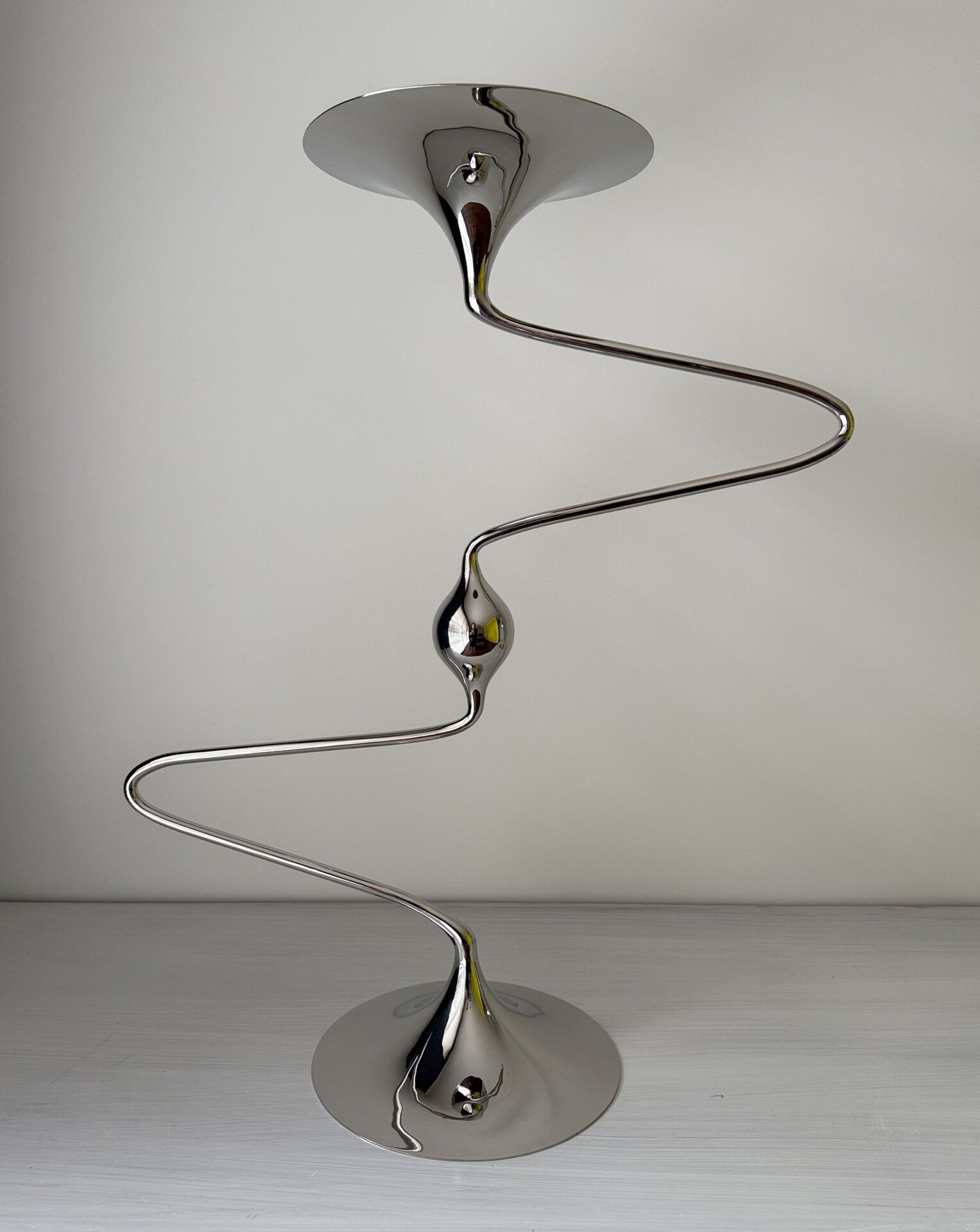
The judges of the $25,000 RT Nelson Awards for Sculpture - well-regarded art dealer Hamish McKay and contemporary jeweller Karl Fritsch - couldn't settle for just one winner at this year's event.
They couldn't split two of the finalists - so the joint recipients of the top prize as Lang Ea's Negotiation, a striking work crafted from stainless steel and Rohan Wealleans’ Orrery (Blue), a dynamic assemblage of paint on found objects.
There were two highly commended works as well - Isabella Lepoamo for KFC Culture, a work created using kombucha SCOBY and Jane Dodd's Post-hunt Party, a collection of hand-carved miniature figures.
The winners - and all finalists - were on display during the NZ Art Show in Wellington over the long weekend.
